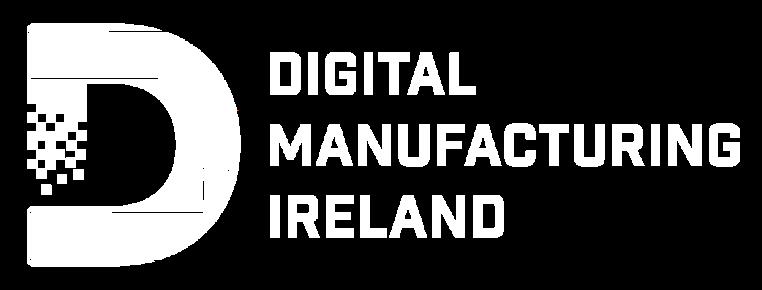




Challenge 1

Guidance & Support for companies starting with Machine Vision.
Services,
Challenge: Manufacturing end-users with little experience implementing Machine Vision systems require expert guidance and support on initial projects.
Objective: Increase access to expert knowledge related to Machine Vision and all aspects of Visual Cognitive Manufacturing.


Toolkits & Methodologies
Challenge 2

Proof of Concepts and short notice testing.
Services, Toolkits & Methodologies
Challenge: Absence of Quick-turnaround Testing and PoC services with state-of-the-art devices and technologies.
Objective: Provide Quick-turnaround Testing and PoC services with state-of-the-art devices and technologies.


Challenge 3

Cost efficient high volume image analysis.
Challenge: Image analysis is too costly for high volumes of images. Data storage can be challenging. Image compression without the loss of important data is an ongoing challenge.

Objective: Develop cost efficient methods for analysing high volumes of images to enable process improvement (applying machine learning to vision)
 R&D
Services, Toolkits & Methodologies
R&D
Services, Toolkits & Methodologies
Challenge
Validation of Vision & AI Systems.
Services, Toolkits & Methodologies
R&D


Challenge: Validation and Qualification is not efficient.
Objective: Determine efficient methods for the validation/qualification of vision/AI related systems in conjunction with the regulatory bodies.

4
Challenge 5

Precision measurement for Micro and Nano parts in 2D and 3D for inspection and assembly.
Challenge: Enhancing the precision of measuring features within the micro and nanometer ranges is crucial across various domains, including vision inspection, measurement, cosmetic defect detection, and guided assembly in both 2D and 3D spaces.

Objective: To deliver an automated vision inspection solution in two and three-dimensional space, employing a vision-guided robotic assembly to assist manual assembly processes for micro and nano components.

R&D
Challenge 6

Increase in Deployment capacity - Near Term.
Services, Toolkits & Methodologies
Challenge: Low number of service providers, integrators, and skilled engineers to deploy machine vision technologies at scale.
Objective: Increase the number of service providers, integrators, and qualified engineers to deploy machine vision technologies at scale.


Reduction of false negatives.

Challenge: Categorising the correct number of labelled images to reduce false negatives. Creating enough rejects of final products to label and train models can be costly.
Objective: To create a more accurate and reliable vision inspection system to detect cosmetic defects from Visual standards.


Challenge 7
R&D
Differentiate between similar coloured/shaped products.

Challenge: To enhance the overall inspection process to improve reliability and repeatiblilty of inspection and material differentiation through enhanced Shape Recognition Algorithms.
Objective: Develop advanced image processing algorithms that can accurately analyze subtle differences in colour, texture, reflectivity, or other material-specific characteristics.


8
Challenge
R&D
Challenge 9

360 deg component inspection.
R&D
Challenge: In the use of optics for 360 deg imaging to reduce handling and inspection time of components it can be challenging to stitch and/or unwrap the images to create a panoramic effect.

Objective: Develop more sophisticated image stitching/unwrapping algorithms.

Challenge 10

Guidelines for model training.
Services, Toolkits & Methodologies


Challenge: No current standard for model training with the quantitative data in relation to sample size of required labelled images.
Objective: Develop a set of guidelines for model training.
Challenge 11

On the fly identification and defect sortation.
Challenge: Development of a vision-based system capable of visually identifying and sorting defective or non-conforming products on a production line.

Objective: Create an intelligent system that combines computer vision and cognitive abilities to detect and categorize various types of defects in real-time by analysing data from multiple sources, such as cameras and sensors and make accurate decisions regarding the quality of each product.

R&D
Challenge 12

Preventive Maintenance by means of visual inspection and cognitive loops.

Challenge: To create a system that can analyse visual data from sensors, cameras, or other sources to detect early signs of equipment or machinery failure. This is an open challenge with multiple possibilities of execution and paths of development.
Objective: Monitoring of processes in real-time, generating machine health reports as well as taking operator input into consideration to improve and modify current processes.
Objective: Highlight defects and faults that occur on a line and inform the machine operator of the issue, this data can be then used for training the system to detect and prevent future machine failures.

R&D









